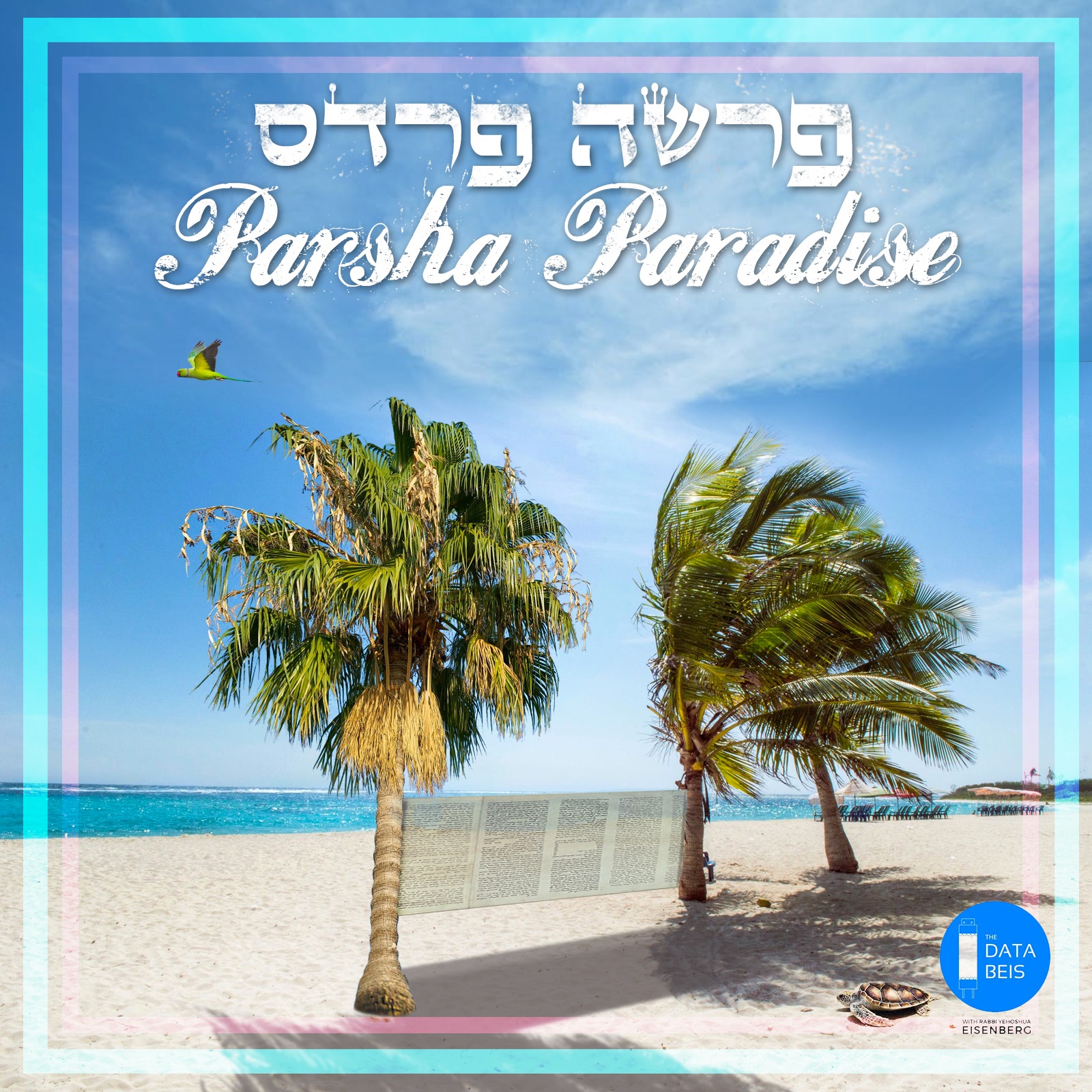This D’var Torah should be a Zechus L’Ilui Nishmas my sister, Kayla Rus Bas Bunim Tuvia A”H, my maternal grandfather Dovid Tzvi Ben Yosef Yochanan A”H, my maternal grandfather Dovid Tzvi Ben Yosef Yochanan A”H, my paternal grandfather Moshe Ben Yosef A”H, my uncle Reuven Nachum Ben Moshe & my great aunt Rivkah Sorah Bas Zev Yehuda HaKohein.
It should also be in Zechus L’Refuah Shileimah for:
-My father Bunim Tuvia Ben Channa Freidel
-My grandmothers Channah Freidel Bas Sarah, and Shulamis Bas Etta
-MY BROTHER: MENACHEM MENDEL SHLOMO BEN CHAYA ROCHEL
-Mordechai Shlomo Ben Sarah Tili
-Noam Shmuel Ben Simcha
-Chaya Rochel Ettel Bas Shulamis
-And all of the Cholei Yisrael, especially those suffering from COVID-19 and the Meiron tragedy.
-It should also be a Z’chus for an Aliyah of the holy Neshamos of Dovid Avraham Ben Chiya Kehas—R’ Dovid Winiarz ZT”L, Miriam Liba Bas Aharon—Rebbetzin Weiss A”H, as well as the Neshamos of those whose lives were taken by terrorists (Hashem Yikom Damam), COVID-19, and the Meiron tragedy.
-It should also be a Z’chus for success for Tzaha”l as well as the rest of Am Yisrael, in Eretz Yisrael and in the Galus.
בס”ד
For the rest of my audio content, please visit me at The DataBeis:
https://jewishpodcasts.fm/
Sponsored by:
• Anonymous
לע”נ שמואל מנחם בן אריה לייב
לע”נ לאה בת אברהם
לע”נ יהודה חסדא יקיר בן הרב שלמה
• Yoni & Margalit Lewis
Parsha Paradise/פרשה פרדס – Chayei Sarah: Who was Keturah? ??
Audio version:
https://jewishpodcasts.fm/
Keturah was the woman that Avraham Avinu married at the end of Parshas Chayei Sarah [Bereishis 25:1-6]. But, who was she? Have seen her before?
P’shat: Not Hagar
Rashbam and Ibn Ezra comment simply that, Al Pi P’shat, Keturah is not to be identified with Hagar, Avraham’s previous second wife. But, who said she was Hagar? Why would we think this was Hagar? Clearly, these Pashtanim are thinking of the famous Midrash cited by Rashi which necessarily takes us over to the realm of Drash (we’ll return to Remez after).
Drash: Hagar 2.0
Indeed, Rashi quotes the opinion in the Bereishis Rabbah [61:4] that Keturah was Hagar, newly named for either (1) her spiritual incense-like fragrance symbolizing her improved ways (“Ketores”) or (2) her chastity between the time Avraham drove her away and remarried her (“Katrah”).
Remez: 1 “Pilagshim”?
One of the points of contention between the P’shat and Drash regards the simple fact that the Chumash refers to the “Pilagshim,” concubines (plural!) of Avraham [25:6]. Rashbam identifies them as Hagar and Keturah, two separate women. However, Rashi persists in citing the Midrash, insisting that the plural word “Pilagshim” is written deficiently without the Yud, suggesting that there was only one Pilegesh, Hagar/Keturah.
The question on this Midrash remains as to why the Chumash would nonetheless refer to one woman as “Pilagshim,” with or without the Yud.
The Vilna Gaon explains this oddity Al Pi Remez with a question as to why we refer to marriage contract as a “Kesuvah,” and not plainly as a “K’sav.” He explains that the Vav and Heih are added to the word complete the Name of Hashem as these two letters join with the Yud and the Heih that are found between the man, “Ish” with a Yud, and the wife, “Ishah” with a Heih. However, this is only true for a typical marriage between man and wife. A Pilegesh, unlike a wife, lacks a Kesuvah, thus there is a lack of completion in the Name of Hashem. This, explains the Vilna Gaon, is alluded to in the word Pilagshim (minus the Yud) which can be read as a contraction of the words “Palag Sheim,” which means “the Name (of Hashem) separates” or “splits.”
Now, there seems to be a clear clash between the P’shat and the Drash here. Presumably, Keturah was either actually Hagar or she wasn’t. Is there a way to resolve this seeming Machlokes? Why would we be compelled to read Hagar into the story? Can the two readings coexist simultaneously?
Perhaps, the “P’shat” read (that Keturah is a separate woman) is not actually reflective of the historical reality. The Torah provides a basic storyline which can be interpreted in a simple and uncomplicated way. And perhaps, for one reason or another, the Torah chose to mask Hagar with the pseudonym (i.e. the subtextual Drash is actually the historical reality). And yet, maybe this woman wasn’t actually Hagar and the Drash read which suggests that she was Hagar is non-literal.
The question remains as to why Chazal might have wanted us to see Keturah as Hagar.
Sod: A Secret of Teshuvah
Zohar [1:130B] explains that the Pasuk describing Avraham’s marriage to Keturah was a source of great mystery to R’ Yehudah and his colleagues. They asked R’ Elazar to explain the secret of this verse to which he answered dubiously that when the soul enters its “holy body,” this Pasuk will be said of the wicked, “who will be resurrected and improve their deeds so that the soul will grant them its precious splendor, so they will know, repent and have full merit again.”
Whatever the Zohar means, it appears that this Pasuk hides the secret of Teshuvah for the wicked. Perhaps he alludes to the Teshuvah of Hagar. Were she and Keturah the same person? (Was Keturah possibly a Gilgul of Hagar?) We don’t know for sure, but perhaps Chazal wanted us to be aware of the fact or at least the possibility that Hagar had done proper Teshuvah. Regardless, Al Pi Kabbalah, Keturah is somehow a coded reference to Teshuvah.
We may never know Keturah’s historical identity, but what we are meant to learn from her is clear. We should be Zocheh to improve our deeds so that they will be pleasant “smelling” like the Ketores, maintain our chastity at the appropriate times, and return in complete Teshuvah so that we may earn the Geulah and the arrival of Moshiach, Bimheirah BiYomeinu! Have a Great Shabbos!
-Yehoshua Shmuel Eisenberg

